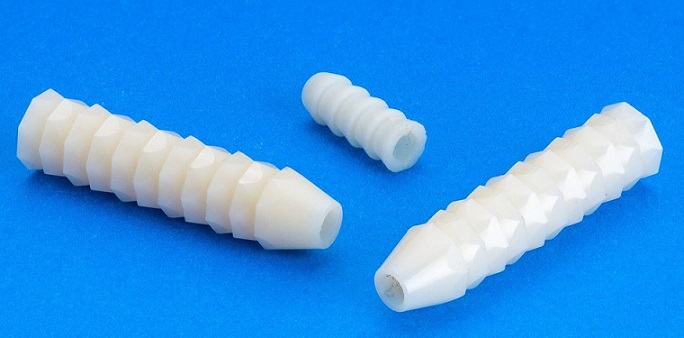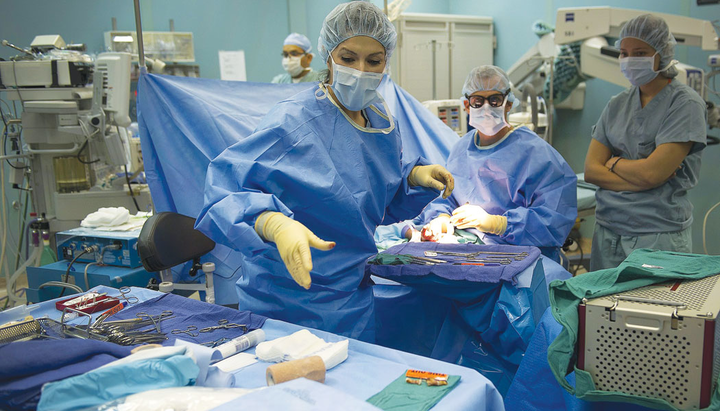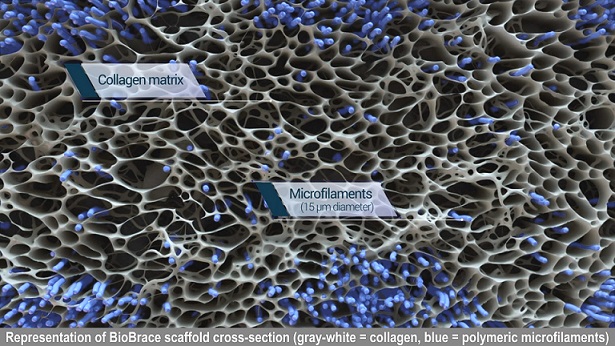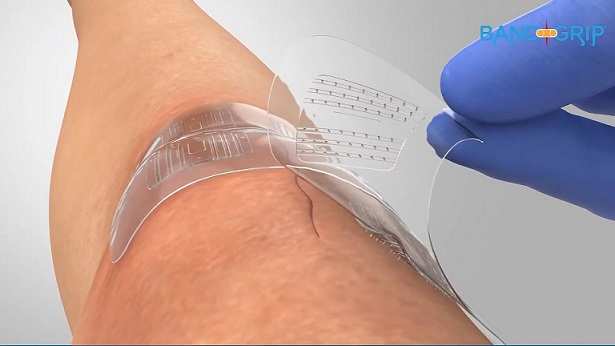Elizabeth Hofheinz, M.P.H., M.Ed.
Once a patient with a traumatic full-thickness rotator cuff (RC) tear leaves the OR, little is known about the load progression required to attain an optimal recovery.
A new randomized controlled trial from Denmark, “Effects of 12 Weeks of Progressive Early Active Exercise Therapy After Surgical Rotator Cuff Repair,” attempts to fill in this gap. The study is published in the February 1, 2021 edition of The American Journal of Sports Medicine.
Co-author Birgitte Hougs Kjær, Ph.D., M.Sc., PT is with the Orthopedics and Sports Medicine Research Unit at the Department of Physical and Occupational Therapy at the Institute of Sports Medicine Copenhagen. She told OSN: “Overall, the background is of course that, patients with traumatic RC-tear are typically operated and then referred to rehabilitation. In the postoperative exercise therapy or rehabilitation its essential to restore shoulder function by creating optimal conditions for structural tendon healing.”
“Today, there is increasing clinical evidence that immobilization should be minimized and combined with early passive movement of the shoulder. However, we still have little evidence regarding when to allow active movement of the shoulder.”
Randomizing 82 patients to receive either progressive active exercise therapy (n=41) or limited passive exercise therapy (n=41), the researchers assessed all patients at 12 weeks and 79 patients at one year.
Dr. Kjær: “Both exercise therapy groups improved significantly and at a clinically relevant level from pre surgery to 12 weeks and 1-year post surgery in all outcomes. However, there were no difference between the groups.”
“There was also no difference between the groups in retear-rate. There were 13 retears (16%) at 1-year follow-up: 6 in the progressive exercise therapy group and 7 in the usual care group. Conclusively, progressive exercise therapy did not result in superior outcomes compared with usual care however, it entails NO disadvantages compared with usual care.”
Asked how they might pursue further research on this topic, Dr. Kjær told OSN, “We can of course not exclude that the patient’s improvement may be the effect of the natural tendon healing. A potential future study with a third arm not attending rehabilitation at all would make us able to isolate the natural tendon healing. However, I don’t think it’s easy to get approval from the ethical committee. Most important in any future study regarding rehabilitation is that the intervention is thoroughly described, e.g., in a published protocol to increase the transparency and reproducibility.”
“The major difference between the two exercise therapy groups in our study was when to start active movement training and when to start loading the shoulder. We found that the progressive rehabilitation entails NO disadvantages compared with usual care.”
“Since it entails no disadvantages to progress faster in terms of pain, symptoms and HRQoL we may consider allowing more activity for patients who will prefer that. I found that most patients would prefer less sling-wear because it motivates more gentle active movement immediately after surgery.”
“In line with the evidence-based intervention in the present study, current Clinical Guidelines from a number of European countries and United States also recommend commencement of active range of motion exercises. Another issue brought up in the recent studies is to differentiate between tear size, tendon quality, the patient’s age/ condition and comorbidity.”








